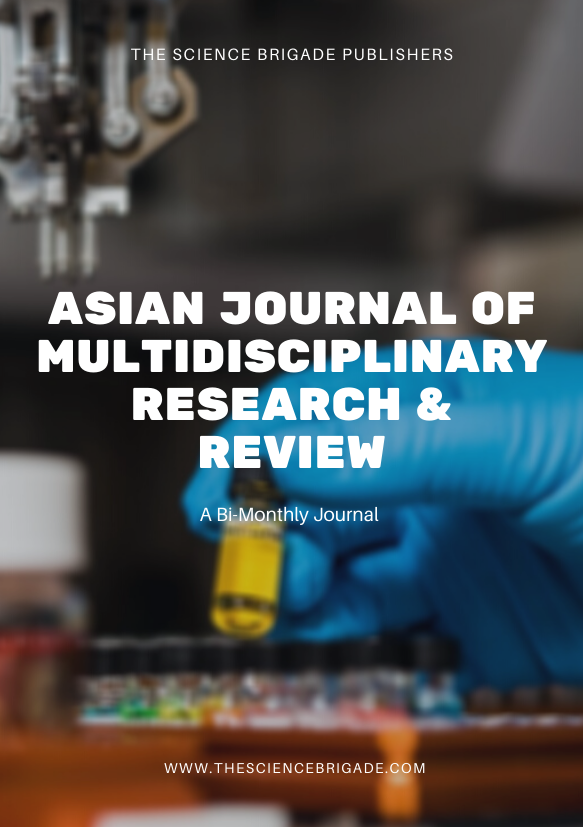Statistics indicate that in cases of credit and debit card fraud in India, from April 2009 till September 2019, fraudsters have siphoned off Rs. 615.39 crores. In the last three months of 2019, Rs 129 crores got stolen, it can be more as India has not kept the record in cases of cybercrime amounting to less than 1 lakh. In the United Kingdom, statistics reveal that such cases registered totaled £671.4 million in 2018, and the fraud in 2019 under the Un-authorized financial crimes is £824.8 million indicating a need for deeper insight into the data collection process followed in India. Such high value of fraud signals that the underground market that primarily deals with such financial fraud products is on the rise. Literature relating to such research area had focused mainly on the organization and structure of the Dark web forums. The majority of studies on the dark web & market are on literature review, expert interviews, or data from forums/markets that eventually close. This paper provides an insight into active marketplaces with active trading of illicit products. The research utilized a mixed-method approach. The findings present data analysis for Dark Web market growth and the presence of working reputation systems based on first-hand data followed by the researcher’s conclusion.
Exploring the Illegal Market beneath Google Reach- The Underground Market on Dark Web
Publication Information
Journal Title: Asian Journal of Multidisciplinary Research & Review
Author(s): Shubam Sharma & Dr. Sheetal Arora
Published On: 02/03/2022
Volume: 3
Issue: 1
First Page: 182
Last Page: 213
ISSN: 2582-8088
Publisher: The Law Brigade Publisher
Cite this Article
Shubam Sharma & Dr. Sheetal Arora, Exploring the Illegal Market beneath Google Reach- The Underground Market on Dark Web, Volume 3 Issue 1, Asian Journal of Multidisciplinary Research & Review, 182-213, Published on 02/03/2022, Available at https://ajmrr.thelawbrigade.com/article/exploring-the-illegal-market-beneath-google-reach-the-underground-market-on-dark-web/
Abstract
Share this research
Latest Publications

License Information
Copyright © [hfe_current_year]
Shubam Sharma & Dr. Sheetal Arora

Ownership and Licensing:
Authors of this research paper submitted to the Journal of Science & Technology retain the copyright of their work while granting the journal certain rights. Authors maintain ownership of the copyright and have granted the journal a right of first publication. Simultaneously, authors agreed to license their research papers under the Creative Commons Attribution-NonCommercial-ShareAlike 4.0 International (CC BY-NC-SA 4.0) License.
License Permissions:
Under the CC BY-NC-SA 4.0 License, others are permitted to share and adapt the work, as long as proper attribution is given to the authors and acknowledgement is made of the initial publication in the Journal of Science & Technology. This license allows for the broad dissemination and utilization of research papers.
Additional Distribution Arrangements:
Authors are free to enter into separate contractual arrangements for the non-exclusive distribution of the journal’s published version of the work. This may include posting the work to institutional repositories, publishing it in journals or books, or other forms of dissemination. In such cases, authors are requested to acknowledge the initial publication of the work in the Journal of Science & Technology.
Online Posting:
Authors are encouraged to share their work online, including in institutional repositories, disciplinary repositories, or on their personal websites. This permission applies both prior to and during the submission process to the Journal of Science & Technology. Online sharing enhances the visibility and accessibility of the research papers.
Responsibility and Liability:
Authors are responsible for ensuring that their research papers do not infringe upon the copyright, privacy, or other rights of any third party. The Journal of Science & Technology and The Science Brigade Publishers disclaim any liability or responsibility for any copyright infringement or violation of third-party rights in the research papers.




